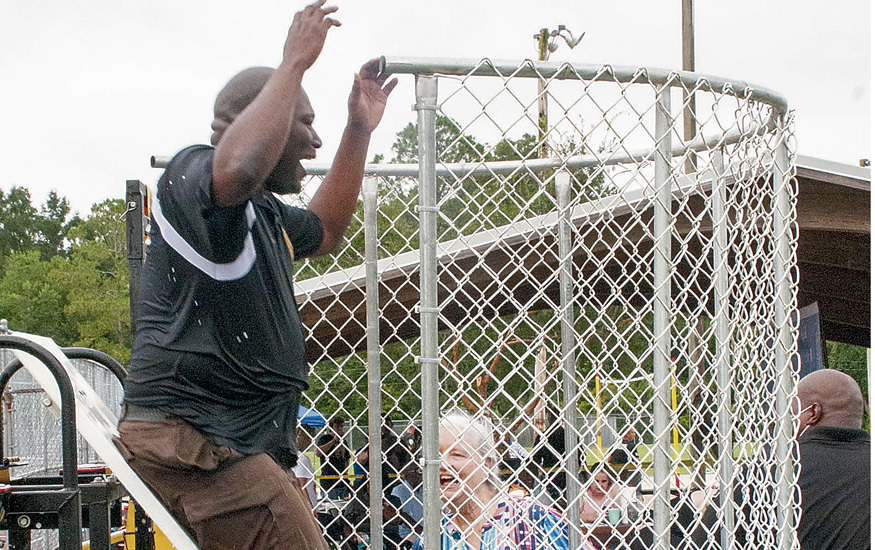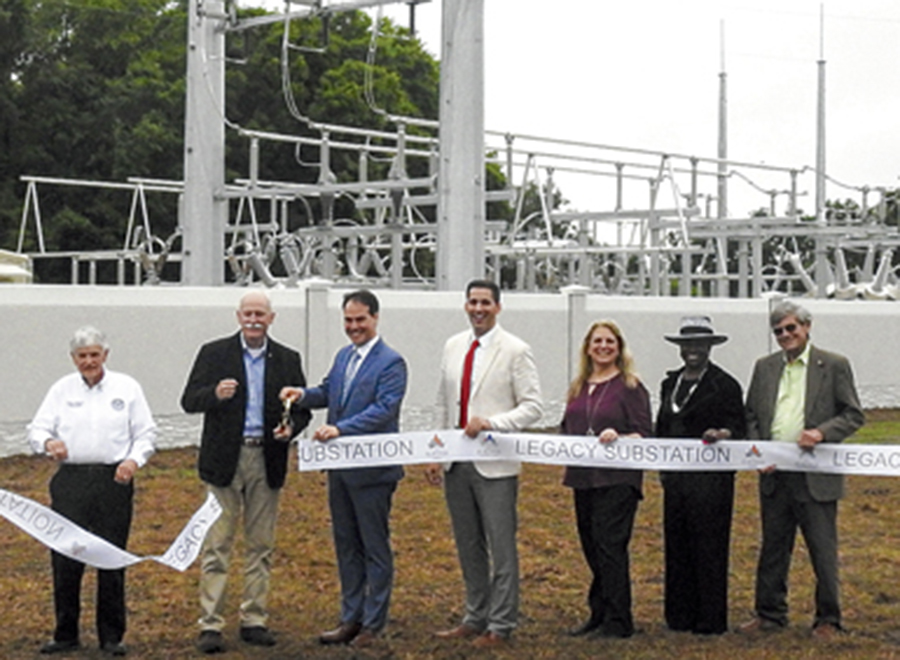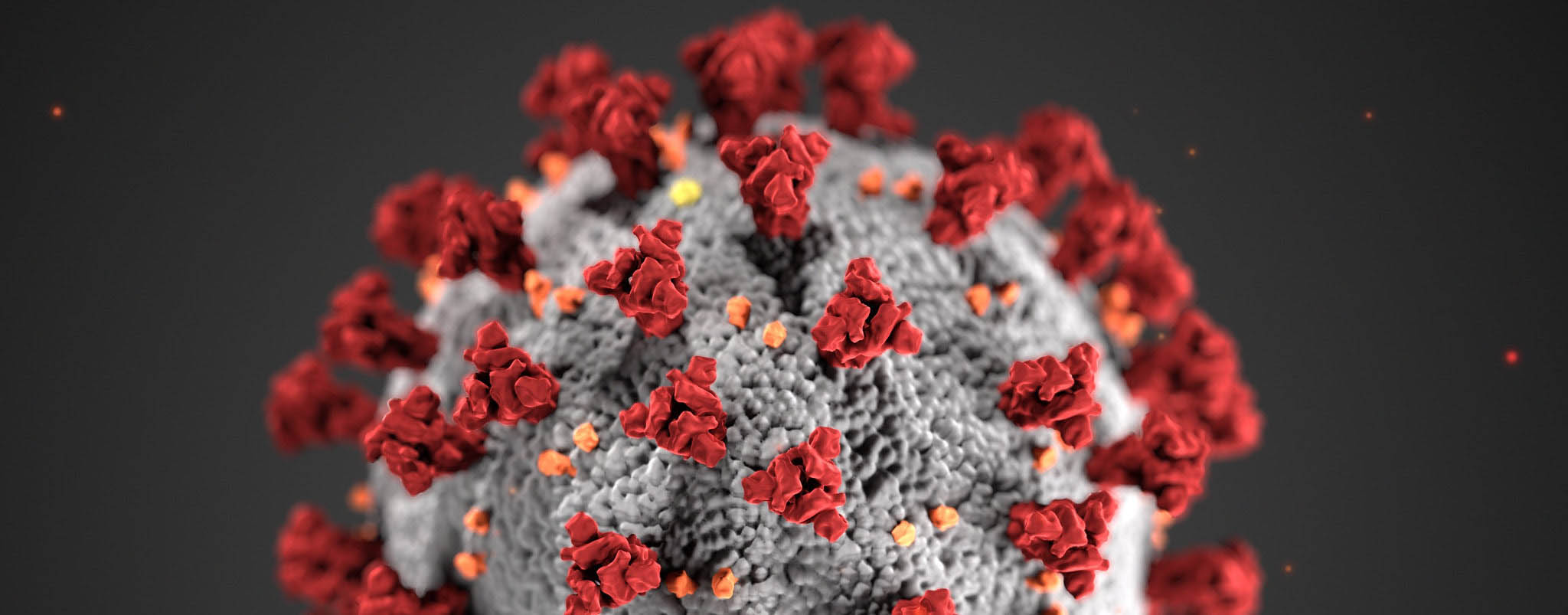ALACHUA COUNTY ‒ With the COVID-19 Delta variant surging across the country, Florida hospitals in some locations are at or nearing capacity. While only weeks ago the outlook was promising, today that has changed. Much of the earlier success was due to health measures endorsed by medical experts on social distancing, masks, restrictions on large gatherings and especially vaccine distribution.
Prior to the Delta variant surge, Florida, Governor Ron DeSantis removed all distancing and mask requirements and the Florida Department of Health no longer provided daily case counts, positivity rates or COVID-19 deaths. Weekly totals are now released each Friday. When Florida changed the frequency of its virus reporting, officials said it made sense given the decreasing number of cases and the increasing number of people being vaccinated. However, reducing data reporting has alarmed infectious disease specialists who believe that more information is better during a pandemic. Florida health officials have stated that they have not curtailed the sharing of data with the Centers for Disease Control and Prevention.
Since the vaccine distribution began in December 2020, 164,919,666 Americans have been fully vaccinated, or 49.7 percent of the country's population, according to the CDC's data. Although only half the country had been inoculated, vaccine rates began to decline.
The Delta Variant
Then the new Delta strain emerged, proving to be much more infectious, bringing with it with more cases of severe illness and striking younger people than the previous variant. It also struck the 51 percent of unvaccinated residents the most. Over 95 percent of the hospitalized cases, both nationwide and Florida, were unvaccinated. Research shows that vaccinated people can still catch and transmit the more infectious variant, but with much milder effects and rarely requiring hospitalization. The CDC states that the vaccines are not meant as a 100 percent effective cure, but offers immunity to most, and in other cases has proven to greatly reduce the chance of infection and severity of the illness.
Over the month of July, cases in Florida have doubled every week, accounting for 20 percent of all U.S. cases. On July 30, the state reported 21,683 new cases of COVID-19, the state’s highest one-day total since the start of the pandemic, according to federal health data released on July 31. Only a day earlier on July 29, Florida had reported 17,093 new daily cases. The previous peak in Florida had been 19,334 cases reported on Jan. 7, before the availability of vaccinations became widespread.
The counties with the lowest vaccine rates are being hit the hardest by the virus. The state reported 409 deaths this week, bringing the total to more than 39,000 since its first in March 2020. The state’s peak happened in mid-August 2020, when 1,266 people died over a seven-day period. Since the beginning of 2020, over 2.59 million Floridians have contacted COVID-19 and 39,079 have died. That number is expected to increase as deaths usually follow increases in hospitalizations by several weeks.
Hospitalizations
A day after it recorded the most new daily cases since the start of the pandemic, Florida broke another previous record for current hospitalizations, as the number of patients in hospitals because of COVID-19 once again broke through the 1,000-person threshold. This week, Florida recorded 10,207 people hospitalized with confirmed COVID-19 cases. The previous record was from more than a year ago, July 23, 2020, more than a half-year before vaccinations became widespread, when Florida had 10,170 hospitalizations.
Many hospitals in Florida are nearing capacity. Hospitals in Putnam, Bradford and Union counties have reached capacity in their intensive care units, with overflow patients being transferred to hospitals in Alachua County. North Florida Regional Medical Center in Gainesville also is at capacity, according to data from the U.S. Department of Health and Human Services. But it has the ability to convert more areas of the hospital for critical care. UF Health in Gainesville had 146 COVID-19 patients hospitalized on Aug. 2, according to CEO Ed Jimenez. That is over 10 times more than the 14 patients it had a little over a month ago.
Despite the swiftly spreading Delta variant, Alachua County has done better than many counties. Alachua County’s vaccination rate is higher than the state average at 60 percent. According to the State Health Department dashboard, Alachua County has had a total of 193 reported variant cases, including 11 Delta, but that is more than double the previous week's five. The 11 included six women, four men and one boy ranging in ages from 11 to 88. On Aug. 3, University of Florida Health tied its all-time pandemic high of 157 hospitalized COVID-19 patients According to Jimenez, the last time that many were in hospitals was Jan.12 shortly after the first COVID-19 vaccines were made available to healthcare workers in Florida.
As the number of cases increases exponentially, Alachua County Health officials and hospital staffs are urging people to get vaccinated. Last week, Florida reported 110,477 new cases, which is a nearly 600 percent increase from the 15,998 new cases reported just four weeks earlier. Over the past month, the statewide positivity rate has jumped from 5.3 to 18.1 percent.
New Requirements
Numerous county governments are considering requiring employees to get vaccinated or wear masks as are independent businesses. School systems are especially concerned due to the younger ages that can contract the Delta variant in packed classrooms and then spread it to their families. Several school boards are considering requiring all staff and students to wear masks or creating separate classrooms for students whose parents are opposed to mask wearing.
A positive sign is that the number of vaccines administered is also beginning to increase again. Florida has fully vaccinated 10 million people, state records show. An additional 98,696 became fully vaccinated last week, while another 235,368 received their first doses, continuing an uptick in recent weeks. The 334,064 doses administered last week is up 40 percent from the first week of July.
Governor DeSantis has urged all Floridians to get vaccinated against the coronavirus. “If you are vaccinated, fully vaccinated, the chance of you getting seriously ill or dying from COVID is effectively zero ... These vaccines are saving lives,” he said during a press conference. Despite his endorsement of the vaccine, DeSantis has resisted mandatory mask mandates and vaccine requirements, and along with the state Legislature, has limited local officials’ ability to impose restrictions intended to stop the spread of COVID-19.
DeSantis has maintained a strict “no-mandate” approach to the virus. Last week he issued an executive order banning mask mandates, school closures or other COVID-19 restrictions across the state. He has stated the choice on masking should be left to parents, not school boards or local governments. This comes after the CDC updated their mask guidance to recommend that everyone, vaccinated or not, wear a mask indoors and strongly encourage all K-12 staff and students to wear masks in schools.
DeSantis directed the State Board of Education to withhold funding to any school that ignores the order. He also vowed to fight any cities or municipalities that try to institute COVID restrictions, including mask mandates or lockdowns. DeSantis has blamed the surge on a seasonal increase when more Floridians are indoors because of the hot weather with air conditioning circulating the virus. On the school mandate, DeSantis has said “I think kids are very low risk, I’m confident things will go well.”
Local Actions
Both Gainesville and Alachua County governments will not mandate that its employees be vaccinated for COVID-19, at least for now. But starting Wednesday, all employees will be required to wear masks inside county buildings while working, and those who are not vaccinated also will have to wear them outside. Those who can’t prove they have had the vaccine must take a weekly COVID test. They will not be allowed to travel outside Alachua County for work and won't be eligible for a paid week of COVID leave the county has approved for its staff.
Alachua County Public schools announced last week that teachers, vendors, and visitors will have to wear masks when school starts back next week. School Board Spokesperson Jackie Johnson said the decision was made due to an increase in the number of COVID-19 cases and the recent death of an ACPS employee. According to a statement from the superintendent, the school district has seen a significant increase in cases among employees over the past two weeks and some of them had been hospitalized. She also stated the school district will continue to monitor COVID-19 numbers, vaccination rates and COVID data with medical advisers before deciding to extend the requirement.
According to Johnson, on Tuesday, Aug. 3, and in light of dramatic increases in local COVID cases and hospitalizations, including among children, the Alachua County School Board voted to require masks for students for the first two weeks of school. The Board will reevaluate this requirement at its Aug. 17 meeting.
# # #
Email rcarson@
alachuatoday.com




